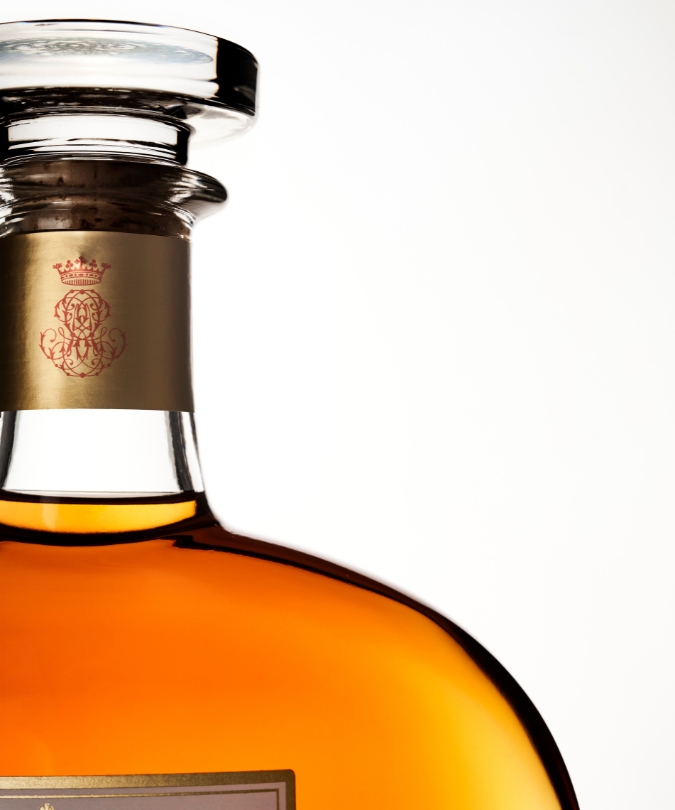The two big appellations of French brandy are the very well known Cognac region and the more earthy, agricultural area of Armagnac. The former is driven by the major blending houses that rely on a network of thousands of small distillers, and even more growers, to produce spirit that is aged, blended and finally dressed in fancy bottles adorned with household names such as Remy Martin and Martell. Often owned by the big luxury houses (the ‘H’ in LVMH standing for Hennessy) or major drinks giants, they are the big-name acts that play the main stage in the festival of French brandy. However, at every good festival, the most interesting and unusual acts can often be found away from the main stage. Consider Armagnac the star act of this festival’s fringe.
There are, of course, many similarities between the two. Within the world of Cognac, the age statements of VS (two years old), VSOP (four years old) and XO (ten years old) are used. So well understood are these terms that Armagnac also adopts them – while additionally embracing single vintages. Couple this with a focus on terroir and individual grape varieties, and Armagnac starts to appeal to brandy drinkers looking for something a little more interesting and rare.
One producer that works with all of these elements, that takes a step even further into detail within production and is also one of the main exponents of Armagnac’s ‘vintage and varietals’ approach is Château de Lacquy.
Lacquy’s estate in Gascony, about an hour’s drive south of Bordeaux, is located in the subregion of Bas-Armagnac, famed for its very fine, almost silt-like, sandy soil. The château has been in the same family since the early 1700s and is Armagnac’s oldest family-owned estate. Previous owners include the Pontac family, the owners of Château Haut-Brion, who ran the estate until 1711. Today, owner Gilles de Boisséson is the tenth generation of the same family to steer spirit production at Lacquy.

The château’s 22ha of grapevines are planted with three of the region’s key varieties: Baco, Folle Blanche and Colombard, all of which are harvested, vinified, distilled and aged individually. Distillation is via a traditional wood-fired Armagnac still, built in 1939 and still in use today. The slow distillation process produces just two barrels of eau de vie a day.
Lacquy’s spirits are matured in traditional 420-litre oak barrels, with nearly half of all eau de vie resting in brand-new oak barrels each year. These are produced at the Bartholomo cooperage in Le Frêche, less than 10km from the estate.
Once filled, the barrels rest in Lacquy’s purpose-built warehouses, which date back to 1876 and are made of stone and wood, with terracotta roof tiles. These materials – along with thick walls, narrow windows, and an earthen floor – ensure constant humidity and a relatively consistent temperature, which are ideal for the ageing of Armagnac.
Once mature, Lacquy will blend together Armagnac from its three varieties in different proportions, either from a specific vintage or for a minimum age statement. The resulting assemblage is left to rest in cask for several months, before being transferred back into 420-litre barrels, where it will remain until it is time for bottling.
If a particular barrel shows exceptional qualities, it is reserved for the château’s Fûts Uniques (Single Barrel) series. The label on these editions states the number of the barrel and how many bottles it has yielded – often fewer than 600. Armagnac is only drawn from barrels and bottled when sales require it. Importantly, Château de Lacquy does not add boisé (oak extract), sugar or colouring to its Armagnacs, and there’s no reduction with water: all products are bottled at the natural strength found in barrel.
Some of the estate’s Armagnac is bottled as a distinct vintage and by individual grape, providing a rare chance to explore and compare aged spirit distilled from one single producer and from the same vintage, albeit across a range of varieties.








